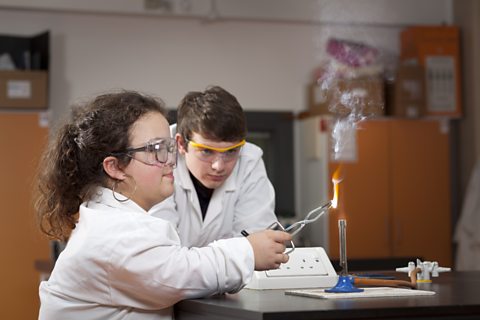Key points
- AÔÇ»word equationÔÇ»represents a chemical reaction using the names of the substanceMatter made of a fixed ratio of atoms with characteristic properties. involved. Word equations do not show any chemical symbols or formulaePlural of formula..
- In a chemical reaction, reactants are the substances that react together, and products are the substances formed.
- Word equations always take the form, reactants Ôćĺ products. A + sign separates two or more reactants or products.
Which of the following processes is easier to reverse or undo?
- Melting an ice cube
- Burning a piece of wood
Melting and freezing are both physical changes, which are often easy to reverse. To reverse this process, the water would need to be cooled enough until it freezes back into ice. This works because both water and ice are chemically the same.
Burning a piece of wood is a chemical change, so it is much more difficult to reverse. This is because the wood is chemically changed during the process into different substances.
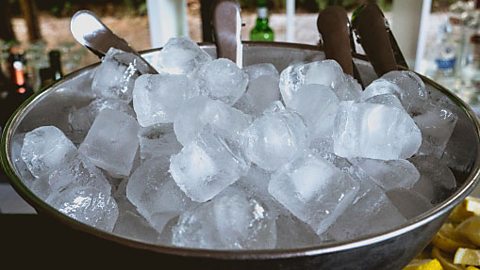
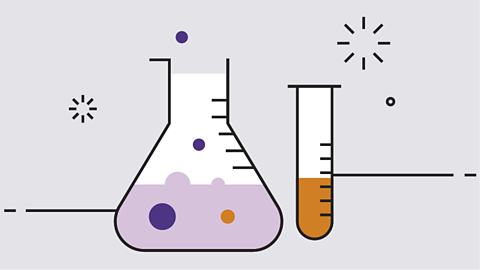
Video
Watch this video about how we use word equations to represent and summarise chemical reactionWhen chemical bonds are broken and made between atoms, so that new substances (compounds or elements) are made..
While you're watching, see if you can spot what is used in the middle of the word equation to show that a reaction has occurred.
Chemical reactions happen all around us.
When we burn methane in a Bunsen burner, when we cook at home, and even inside our bodies, elements and compounds are reacting together.
Elements are made of only one type of atom. And compounds are made from different types of atoms chemically bonded together.
Reactions happen when bonds break and new bonds are made between different atoms.
To help understand whatÔÇÖs going on, itÔÇÖs useful to represent the reaction with a word equation.
Let me show you one of my favourite reactions.
This fine powder is iron.
When we sprinkle it over the flame, it lights up like a sparkler.
The iron is reacting with the oxygen in the air to make a new compound, called iron oxide.
From that information, we can write a word equation to represent the reaction.
The reactants are iron and oxygen, they go on the left hand side. Iron plus oxygen.
We use an arrow to show the direction of the reaction. You can think of the arrow as saying ÔÇśreacts to formÔÇÖ. So, iron plus oxygen reacts to formÔÇŽ
The last part is the product, iron oxide, which we write on the right hand side.
Iron plus oxygen reacts to form iron oxide. And thatÔÇÖs your word equation!
What word is used to describe the chemicals that are made during a chemical reaction? These chemicals appear on the right of the word equation.
Products.
How to write a word equation
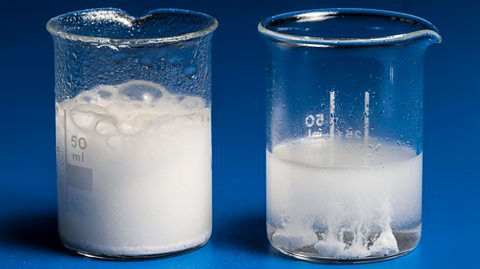
Word equations are a quick and simple way of summarising chemical reactions.
Look at the description of this reaction:
ÔÇťCalcium carbonate powder reacted with a solution of dilute hydrochloric acid. The chemicals produced were a solution of calcium chloride, liquid water and carbon dioxide gas.ÔÇŁ

The word equation is much simpler:
Calcium carbonate + hydrochloric acid Ôćĺ calcium chloride + water + carbon dioxide
Summarise the following chemical reaction into a word equation. Sulfuric acid reacts with black powdered copper oxide to make a solution of copper sulfate and water.
Sulfuric acid + copper oxide Ôćĺ copper sulfate + water
Word equations follow certain rules...
- reactantThe chemical present at the start of a reaction. Reactants appear on the left of a chemical equation, before the arrow Ôćĺ. always go first in word equations, and the names of the reactants are separated using + symbols.
- After the reactants, there is an arrow, Ôćĺ, to show that the chemical reaction has taken place.
- The productA chemical which is made in a chemical reaction. Products are written on the right of a chemical equation, after the arrow (Ôćĺ). are written after the arrow, separated by + symbols.
- Words like powder, solution or gas, are not included in word equations.

In a word equation, always write the names of the chemicals - not their symbols or formulas.
Never mix words and formulas in the same equation.
Can you spot the three mistakes in this word equation for the reaction taking place in a Bunsen burner?
Methane gas + oxygen = carbon dioxide plus water
The word gas should not be included.
The = symbol should be an arrow Ôćĺ instead.
The word plus should be swapped for a + symbol.
The correct equation is:
methane + oxygen Ôćĺ carbon dioxide + water
Quiz - what am I?
Reactants and products
The chemicals which react together in a chemical reaction are called reactants.
Chemical reactions are usually very difficult to reverse, unlike physical changeA reversible process which does not involve chemical bonds being broken or made. No new substances are made. such as melting and boiling which are easy to reverse.
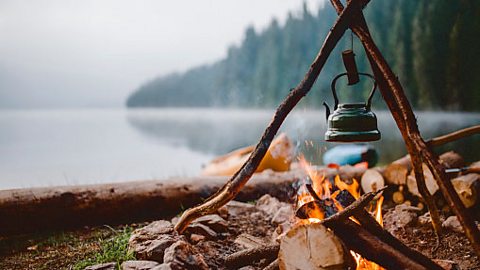
For example, when a Bunsen burner's gas is switched off, the burning reaction stops because no more methane is available, but plenty of oxygen is still present in the air.
And when the wood in a fire has completely burnt, the burning stops, even though there is plenty of oxygen present in the air.

Can you name some differences between a physical change and a chemical reaction?
- Physical changes like melting and dissolving are usually easy to reverse, but chemical reactions are usually very hard (or impossible) to undo.
- Chemical reactions often involve a large energy change, bubbles, or a colour change as new chemical reactions are made.
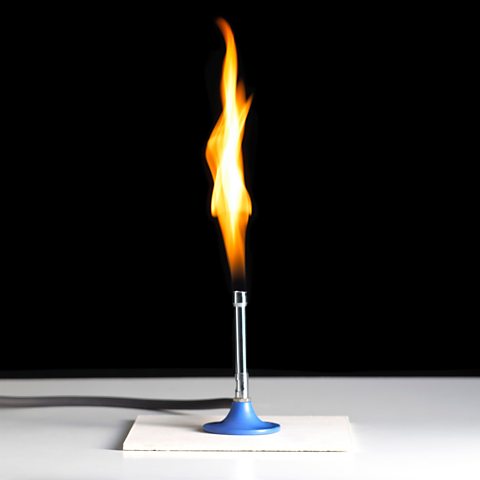
Products
In a chemical reaction, the products are the substances which are formed.
For example, when the methane reacts with oxygen in a Bunsen burner, the products are usually carbon dioxide and water.

When hydrogen reacts with oxygen, water is made. What are the names of the reactants and products in this reaction?
The reactants are hydrogen and oxygen. There is only one product, water.
Here is the word equation for this reaction:
Hydrogen + oxygen Ôćĺ water
Test your knowledge
Quiz
Play the Atomic Labs game! gamePlay the Atomic Labs game!
Try out practical experiments in this KS3 science game.

More on Chemical reactions
Find out more by working through a topic
- count6 of 12
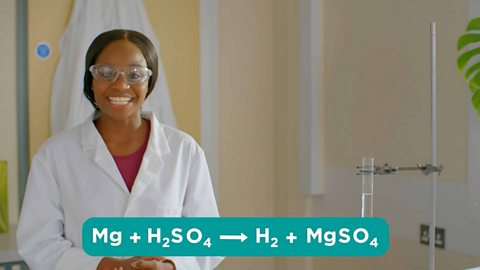
- count7 of 12
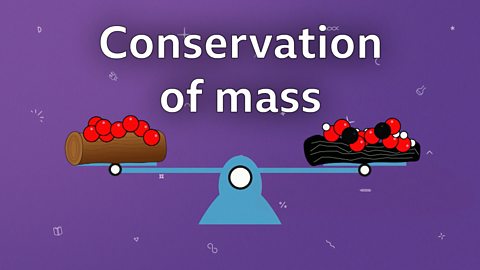
- count8 of 12
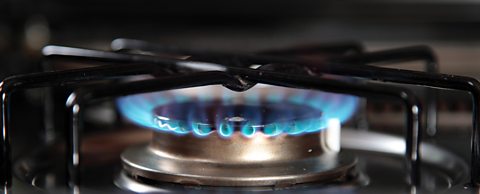
- count9 of 12
